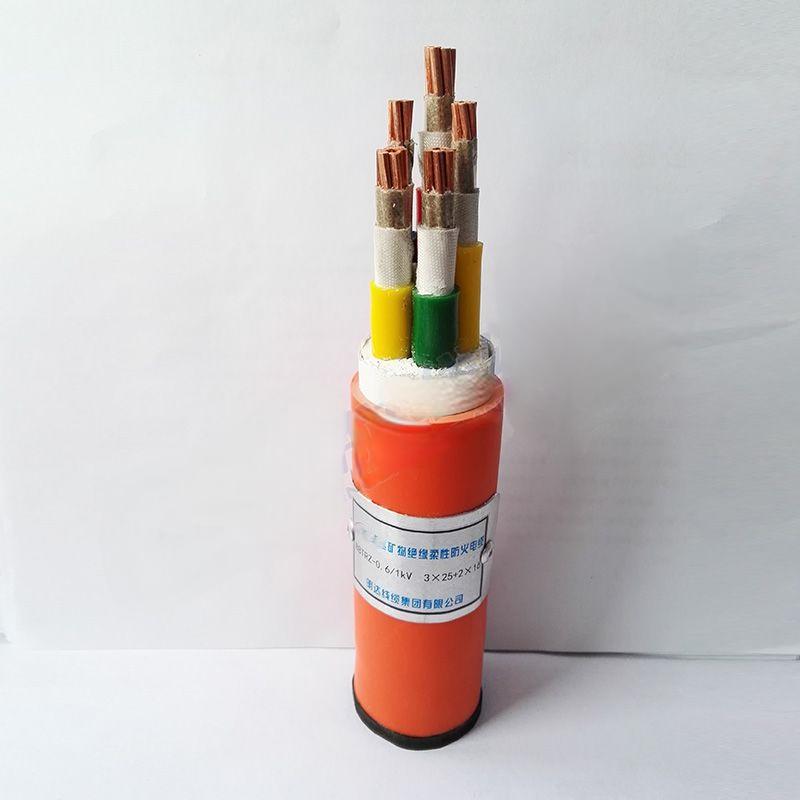10 月 . 21, 2024 13:36 Back to list
Versatile Rubber Expansion Joint for Enhanced Flexibility and Performance in Piping Systems
Understanding Flexible Rubber Expansion Joints A Key Component in Modern Infrastructure
In many industrial and construction applications, managing movement and vibration is critical for ensuring the longevity and efficiency of pipelines, ducts, and other structural elements. One of the most effective solutions to address these concerns is the use of flexible rubber expansion joints. These components play a vital role in accommodating thermal expansion, vibrations, misalignment, and lateral movements that occur in piping systems and machinery.
What Are Flexible Rubber Expansion Joints?
Flexible rubber expansion joints are designed to absorb movement within a piping system while providing a reliable connection between different segments. Typically made from high-quality rubber compounds reinforced with materials like fabric or metal, these joints are engineered to withstand high pressure, temperature fluctuations, and harsh environmental conditions. The flexibility of rubber allows the joints to effectively absorb shocks and vibrations, thereby reducing stress on the connected components.
Applications of Flexible Rubber Expansion Joints
Flexible rubber expansion joints are widely used across various industries, including water treatment, chemical processing, HVAC systems, and power generation. In water treatment facilities, they help manage the expansion and contraction of pipelines due to temperature changes, preventing leaks and ensuring the efficient flow of water. In chemical processing, the joints can handle corrosive fluids and gases, providing a safe seal and minimizing the risk of leaks.
Moreover, in HVAC systems, these expansion joints are essential for accommodating thermal effects and vibrations caused by fans and pumps. They also play a critical role in power generation plants, where they enable the treatment of steam and water under high pressure. Utilizing rubber expansion joints in these systems enhances operational efficiency and minimizes maintenance costs.
Benefits of Using Flexible Rubber Expansion Joints
The use of flexible rubber expansion joints offers several advantages
1. Vibration Absorption These joints effectively dampen vibrations, protecting equipment and extending its lifespan. By isolating the system components from vibrations, the joints reduce wear and tear.
flexible rubber expansion joint

2. Thermal Expansion Compensation As materials heat up, they expand. Rubber expansion joints can accommodate this expansion, minimizing the risk of damage to pipes and fittings.
3. Flexibility The inherent flexibility of rubber allows the joints to adjust to misalignments and lateral movements in a system, which are common in fluctuating operational conditions.
4. Corrosion Resistance Many rubber compounds are designed to resist corrosion from various chemicals, making them suitable for a wide range of applications in harsh environments.
5. Ease of Installation and Maintenance Flexible rubber expansion joints are typically lightweight and easy to install, which can significantly reduce labor costs. Their maintenance needs are also minimal compared to more rigid connections.
Challenges and Considerations
While flexible rubber expansion joints offer numerous benefits, some challenges must be considered. The choice of rubber material is crucial, as it needs to be compatible with the fluids or gases it will encounter. Additionally, exposure to UV light and extreme temperatures can degrade rubber over time, necessitating periodic inspections and replacements.
Moreover, it’s essential to consider the design and engineering of the expansion joints to ensure they meet the specific requirements of the application. Factors such as pressure ratings, temperature ranges, and the types of movements expected should all be taken into account when selecting the appropriate expansion joint.
Conclusion
In conclusion, flexible rubber expansion joints are an indispensable component in modern infrastructure and industrial applications. Their ability to absorb vibrations, accommodate thermal expansion, and compensate for misalignments contributes to the overall efficiency and reliability of piping systems and machinery. By understanding the importance of these joints and selecting the right materials and designs for specific applications, industries can enhance operational performance and reduce maintenance costs, ultimately leading to greater success in their projects.
Share
-
Understanding the Differences Between Wafer Type Butterfly Valve and Lugged Butterfly ValveNewsOct.25,2024
-
The Efficiency of Wafer Type Butterfly Valve and Lugged Butterfly ValveNewsOct.25,2024
-
The Ultimate Guide to Industrial Swing Check Valve: Performance, Installation, and MaintenanceNewsOct.25,2024
-
Superior Performance with Industrial Swing Check Valve: The Essential Valve for Any SystemNewsOct.25,2024
-
Industrial Swing Check Valve: The Ideal Solution for Flow ControlNewsOct.25,2024
-
You Need to Know About Industrial Swing Check Valve: Functionality, Scope, and PerformanceNewsOct.25,2024